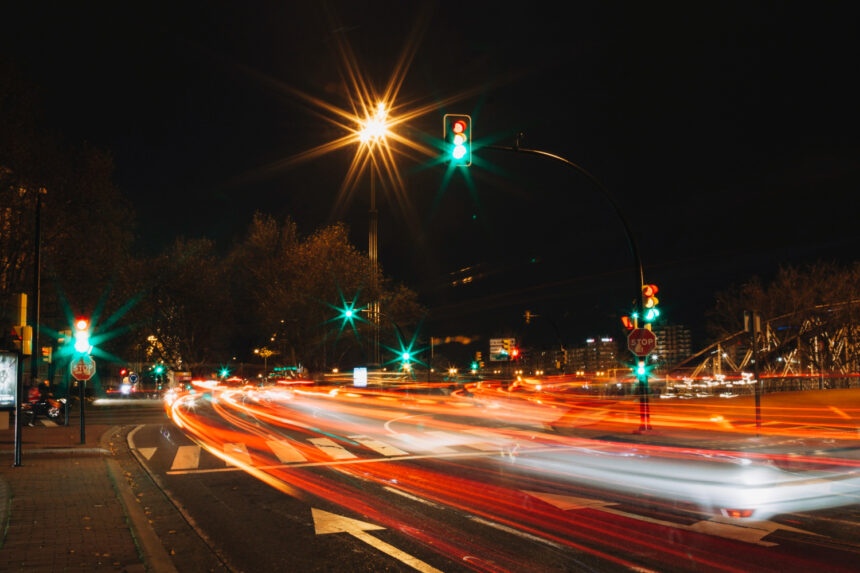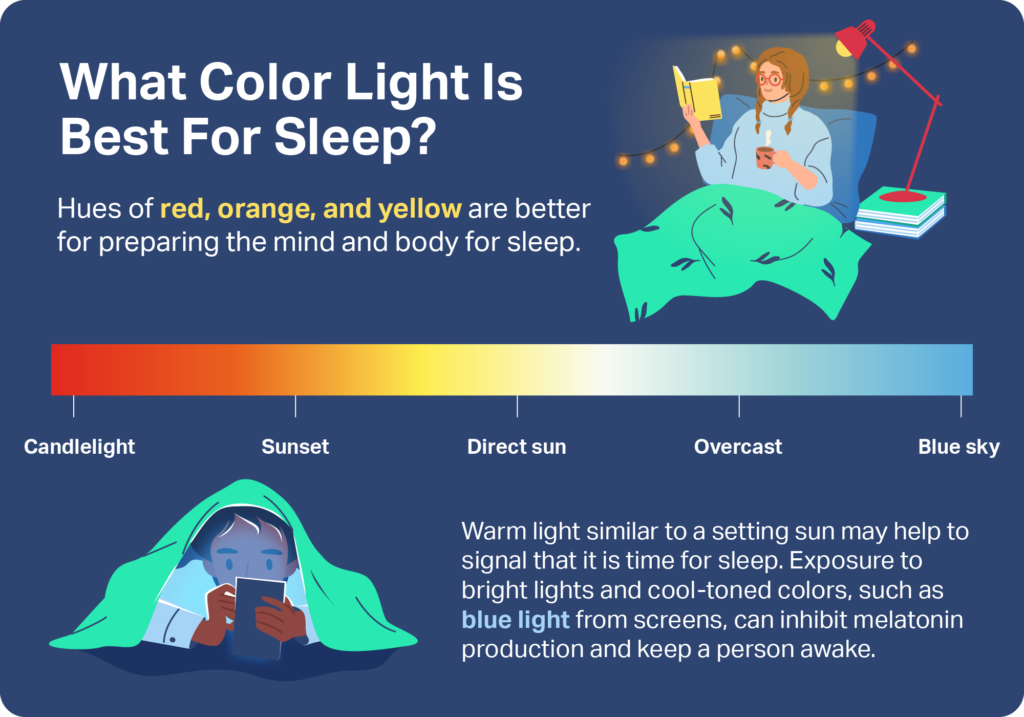What is Light Pollution?
A different form of waste of energy is light pollution. Light pollution is excessive, misdirected, or intrusive artificial light that brightens the night sky. Primarily caused by urban development, it is an often overlooked environmental issue. Light pollution manifests in several forms, including skyglow, which is the brightening of the night sky over inhabited areas; glare, which causes visual discomfort; light trespass, where unwanted light spills into areas that should remain dark; and clutter, excessive groupings of light sources.
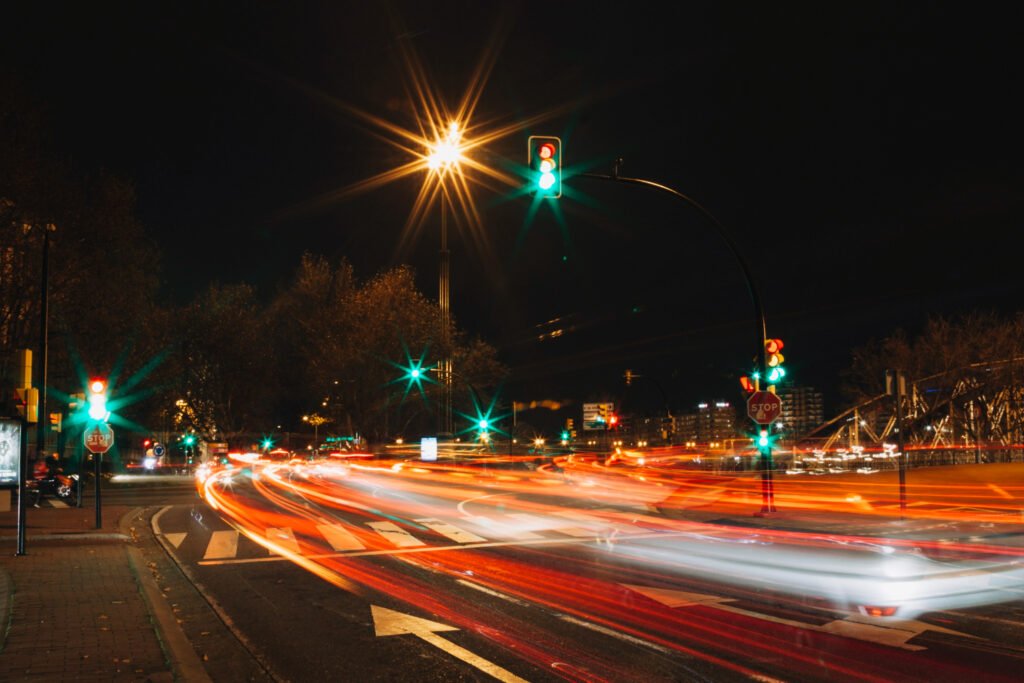
Light is generated by electricity which is produced by burning fossil fuels. It would not be incorrect to say that light pollution indirectly causes air pollution and waste of non-renewable energy resources. Furthermore, it has a long-lasting negative effect on human health.
How does light become a pollutant?
Light becomes a pollutant when it is misused or overused in a way that negatively impacts the environment, human health, and wildlife. Unlike many forms of pollution, light pollution is a reversible problem. It primarily results from inappropriate or excessive use of artificial light at night. Key factors that contribute to light becoming a pollutant include:
- Over-Illumination: Using more light than necessary for a particular task or purpose. This includes excessively bright outdoor lighting, as well as indoor lighting that is too intense or left on when not needed.
- Misdirected Light: When light is not directed to where it is needed, it can spill into areas where it serves no purpose, like into the sky or neighboring properties. Examples include poorly designed streetlights that cast light upwards or sideways instead of downward onto the street.
- Glare: Excessive brightness that causes visual discomfort. This is often seen in poorly shielded lighting that shines directly into people’s eyes.
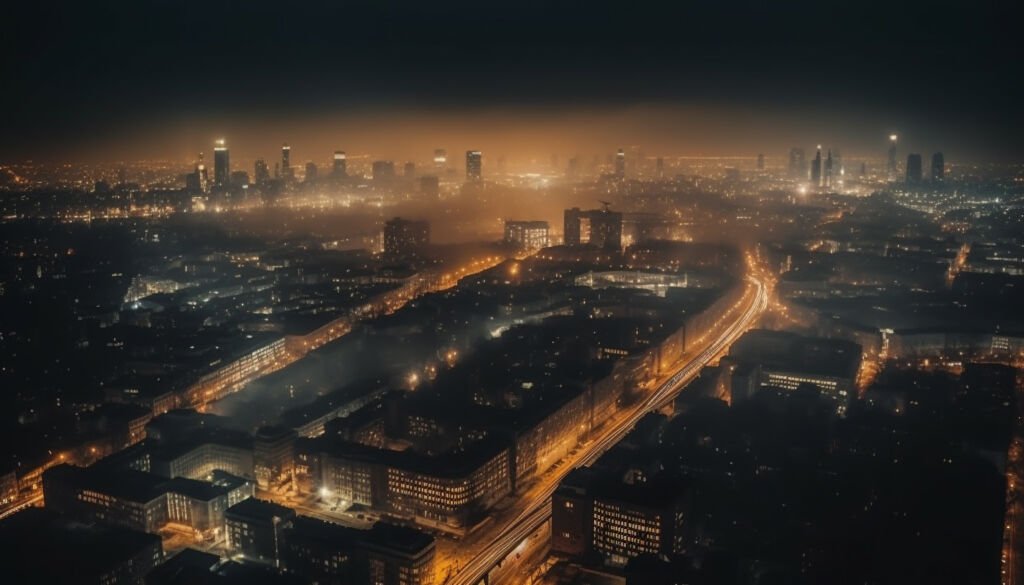
- Light Trespass: Light that spills over into areas where it is not wanted or needed, such as a streetlight shining into a bedroom window, disrupting sleep.
- Skyglow: The brightening of the night sky over inhabited areas caused by the scattering of artificial light by dust and gas molecules in the atmosphere. This is the effect that obscures the view of stars and planets in cities.
- Spectrum of Light Used: Certain types of light, particularly those with high blue content (like many LEDs), are more disruptive to wildlife and human circadian rhythms, contributing more significantly to light pollution.
How and when has light pollution become a serious issue?
The rise of light pollution is closely linked to urbanization and technological advancements. As cities grow and technology advances, the amount and intensity of artificial light at night have increased significantly, leading to more pervasive light pollution.
▶ Urbanization: As populations shift from rural areas to cities, the demand for artificial lighting increases. Urban areas are characterized by dense concentrations of buildings, streets, and vehicles, all of which contribute to light pollution. The lighting is used for safety, security, and aesthetic purposes, often without regard for its environmental impact. The concentration of lights in urban areas creates a bright skyglow that can be seen from miles away, obscuring the night sky and altering natural patterns of darkness.
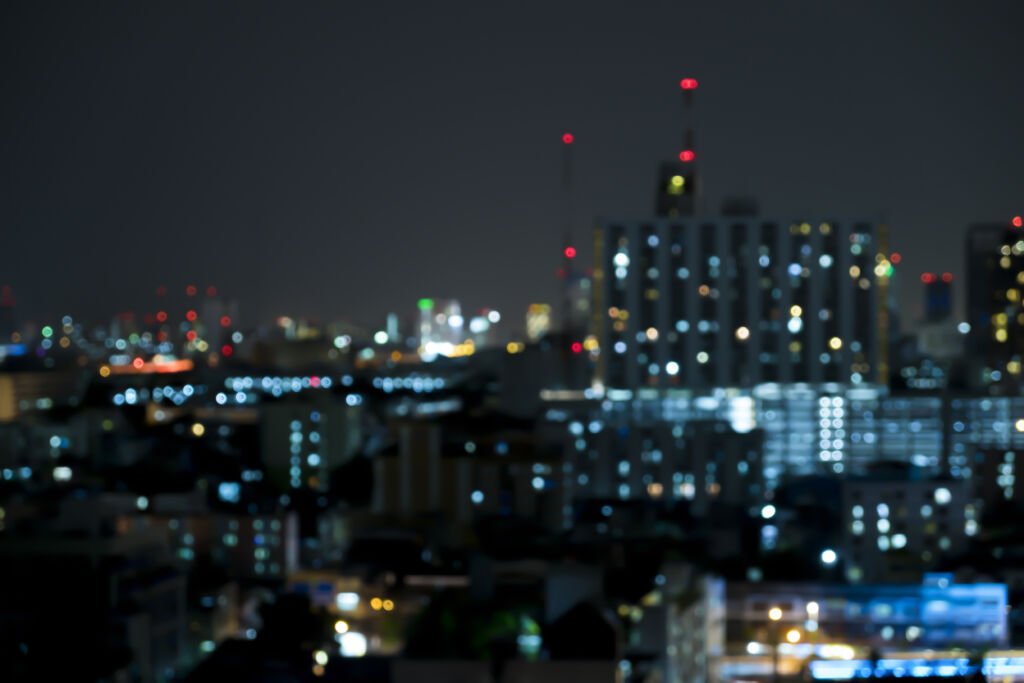
- Technological Advancements: Advances in lighting technology have contributed to light pollution. The invention of brighter, more energy-efficient lighting, such as LED lights, has led to their widespread use. While these advancements have benefits like lower energy consumption and longer lifespans, they often result in more light being used. Many LED lights emit a blue-rich white light, which is more likely to contribute to skyglow and glare. Additionally, the affordability and compactness of modern lighting have led to an increase in the number of light sources per area.
- Extended Activity Hours: Modern lifestyles and a 24/7 economy mean that cities and their inhabitants are active round the clock, necessitating continuous nighttime lighting. This constant demand for illumination leads to an increase in light pollution.
- Lack of Regulation and Awareness: There is often a lack of strict regulations or guidelines on how and where to use artificial lighting. Combined with a general lack of public awareness about the negative impacts of light pollution, this leads to over-illumination or poorly designed lighting schemes that contribute significantly to light pollution.
How Badly Does It Affect the Environment and Humans?
The consequences of this trend are far-reaching, affecting not just astronomical observations but also disrupting ecosystems and impacting wildlife behavior. Additionally, it impacts human health by interfering with circadian rhythms and melatonin production, potentially leading to sleep disorders and other health issues.
◉ Effects on human health:
i) Sleeping Disorder -
Light pollution significantly impacts human sleep patterns and overall health, leading to various disorders. The presence of excessive or misdirected artificial light at night, especially blue light from LED screens and streetlights can disrupt the body’s circadian rhythm, which is the natural internal process that regulates the sleep-wake cycle.
Artificial light at night can suppress the production of melatonin, a hormone that influences circadian rhythms and is essential for inducing sleep. This suppression can lead to difficulties in falling asleep, lower quality sleep, and shorter sleep duration. Over time, these sleep disruptions can lead to chronic sleep disorders.
Persistent lack of quality sleep is linked to numerous health issues, including an increased risk of obesity, heart disease, diabetes, and mental health disorders like depression and anxiety. Moreover, disruption of the circadian rhythm has been associated with a higher risk of certain cancers, particularly breast and prostate cancer.
Dr. Jane Smith, a sleep specialist, comments: “The blue light emitted by many modern light sources, particularly screens and LED lighting, is particularly problematic. It tricks the brain into thinking it’s still daytime, hindering the natural process of winding down for sleep.”
ii) Psychological Impacts -
The constant exposure to artificial light and reduced exposure to natural darkness in urban environments can have profound psychological effects on city dwellers. The absence of a natural light-dark cycle, which has governed human life for millennia, can disrupt our biological and psychological rhythms, leading to increased stress and fatigue.
- Disrupted Circadian Rhythms: The human body’s internal clock, or circadian rhythm, relies heavily on natural light cues to regulate sleep, mood, and energy levels. In a city where artificial light is prevalent, these natural cues are disrupted, leading to poor sleep quality and irregular sleep patterns. This can result in chronic tiredness, which exacerbates stress and affects mental well-being.
- Increased Stress and Anxiety: Continuous exposure to bright lights, especially at night, can elevate stress hormones like cortisol. Over time, this can lead to heightened anxiety, irritability, and stress, impacting day-to-day functioning and overall life satisfaction.
- Reduced Relaxation and Recovery: Natural darkness is important for relaxation and recovery. In its absence, the mind and body miss out on the opportunity to fully unwind and rejuvenate, leading to a cumulative sense of fatigue and strain
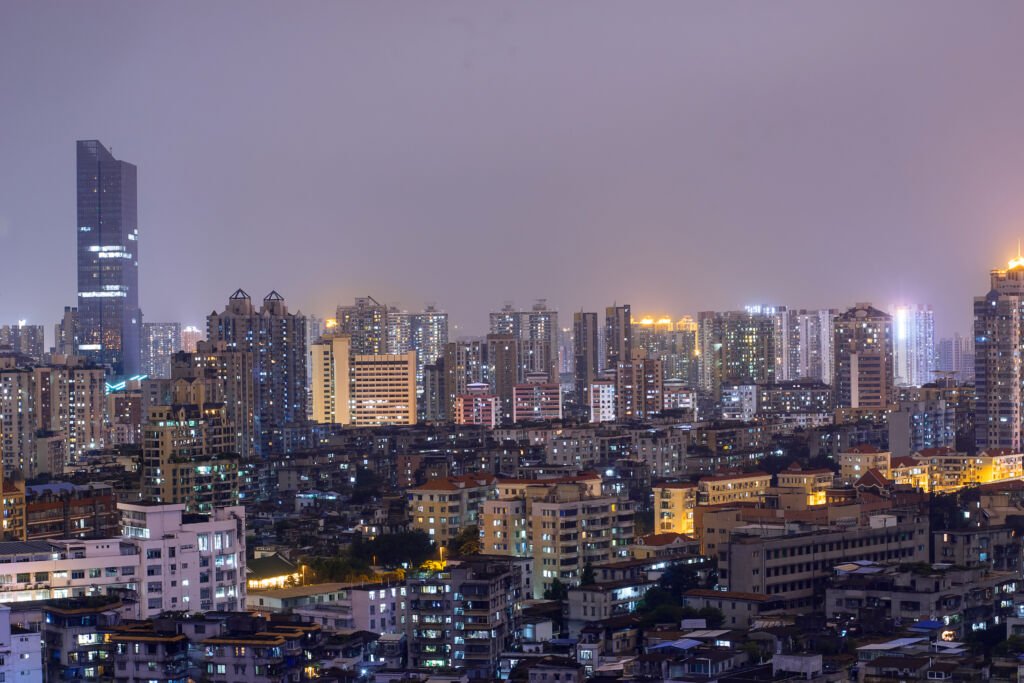
Dr. Emily Johnson, a clinical psychologist, explains: “The human body and mind are fine-tuned to align with the natural cycle of day and night. When this alignment is disrupted by constant exposure to artificial lighting, it can lead to a state of chronic hyperarousal.
We often see individuals in highly urbanized areas reporting higher levels of stress, anxiety, and mood disorders. The lack of natural darkness plays a significant role in this. It’s not just about the quantity of sleep; the quality of rest and the ability to experience deep relaxation are equally impacted.”
iii) Effects on Wildlife -
Light pollution has a significant impact on wildlife, affecting a wide range of animal behaviors and disrupting ecosystems. The presence of artificial light at night alters the natural environment in which many species have evolved, leading to a host of ecological consequences.
- Disrupted Nocturnal Behavior: Many animals are nocturnal and rely on the cover of darkness for hunting, foraging, and migration. Artificial light can disorient these animals, affecting their ability to find food and avoid predators.
- Altered Reproductive Cycles: Light pollution can interfere with the reproductive cycles of some species. For example, artificial light can affect the timing of seasonal breeding in some animals, disrupting ecological balance.
Migration and Navigation Issues: Birds and insects that navigate using natural light sources like the moon and stars can become disoriented by artificial light. This leads to fatal collisions with buildings and exhaustion.
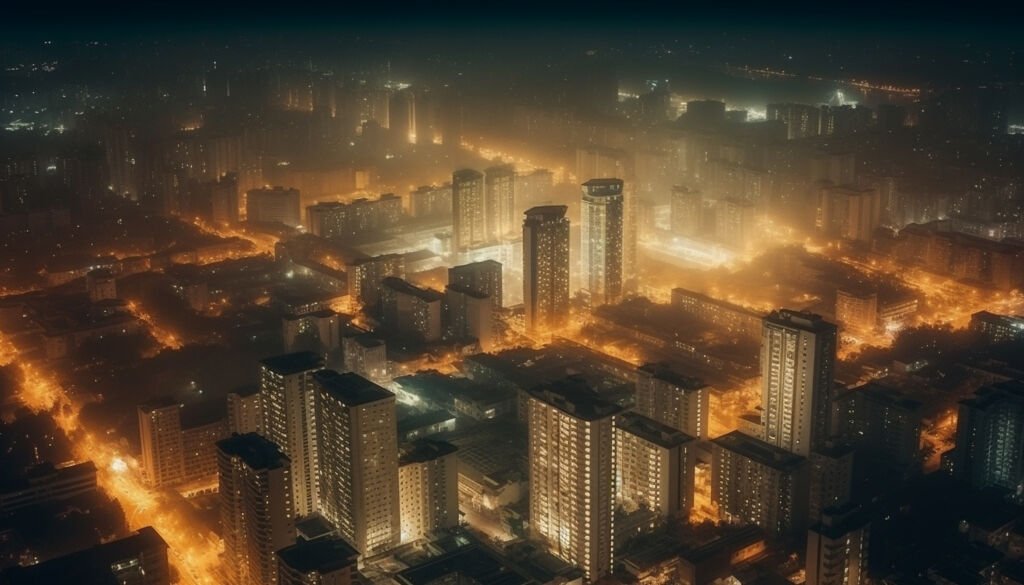
Impact on Aquatic Life: Artificial light can also affect aquatic ecosystems. For instance, sea turtle hatchlings use moonlight reflecting off the water to find their way to the sea but can be led astray by bright coastal lighting.
Dr. Laura Green, a wildlife biologist, explains: “Light pollution is one of the less-discussed yet rapidly growing environmental concerns. It’s not just a matter of obstructed starry skies; it has tangible and detrimental effects on wildlife. For instance, we’ve seen a dramatic decline in populations of nocturnal insects like moths, which play a key role in pollination. Their decline can be linked to the attraction and subsequent exhaustion or predation they face due to artificial lighting.”
iv) Effects on Plants -
Light pollution significantly disrupts the natural cycles of plants, impacting their growth, reproduction, and overall health. Plants have evolved to rely on the natural cycle of light and darkness, which regulates their biological processes.
- Disruption of Photoperiodism: Photoperiodism is the response of plants to the relative lengths of light and dark periods. It’s crucial for triggering key developmental stages such as flowering, seed germination, and leaf fall.
Artificial light at night can alter these photoperiods, leading to:
- Altered Flowering Times: Some plants rely on specific lengths of night to initiate flowering. Light pollution can cause them to flower earlier or later than usual, disrupting the synchrony with pollinators and other plants in the ecosystem.
Impaired Leaf Growth: Extended light exposure can affect the growth patterns of leaves, potentially leading to smaller leaves or altered growth rates. This can affect the plant’s ability to photosynthesize effectively.
Disrupted Seed Germination: The germination of some seeds is regulated by light. Excessive artificial lighting can interfere with this process, affecting the survival and distribution of plant species.
Impact on Plant Ecosystems: The disruption caused by light pollution extends beyond individual plants to affect entire ecosystems.
Impacts on Pollinators: Many pollinators, like bees and moths, have their activity patterns disrupted by light pollution. This misalignment can lead to reduced pollination success for plants.
Invasive Species Advantage: Some species may thrive under extended light conditions, giving them an advantage over other plants. This can lead to imbalances and the potential for certain invasive species to dominate.
Interference with Plant-Animal Interactions: The altered behaviors of nocturnal animals due to light pollution can affect plant-animal interactions like seed dispersal and pollination.
Dr. Rachel Carson, a botanist, explains: “Light pollution is not just a visual issue; it’s an environmental one. Plants are the foundation of ecosystems, and when their natural cycles are disrupted by artificial light, it can have cascading effects. For example, we’ve observed changes in the timing of flowering in some species, which then affects the insects that pollinate them and the animals that rely on those insects for food. It’s a chain reaction that impacts biodiversity and ecosystem health.”
v) Effects on Astronauts -
Light pollution has a notable impact on astronauts, particularly in terms of how it affects their observations and experiences of Earth from space. While astronauts are not directly affected by the health implications of light pollution like disrupted circadian rhythms (since these are more relevant to life on Earth’s surface), there are other significant impacts:
- Observational Interference: One of the primary effects of light pollution on astronauts is the interference with their ability to observe the Earth’s surface at night. The bright glow from cities and populated areas can obscure the view of the Earth’s natural features and phenomena. This can hinder studies in areas like geography, meteorology, and oceanography, which often rely on observations from space.
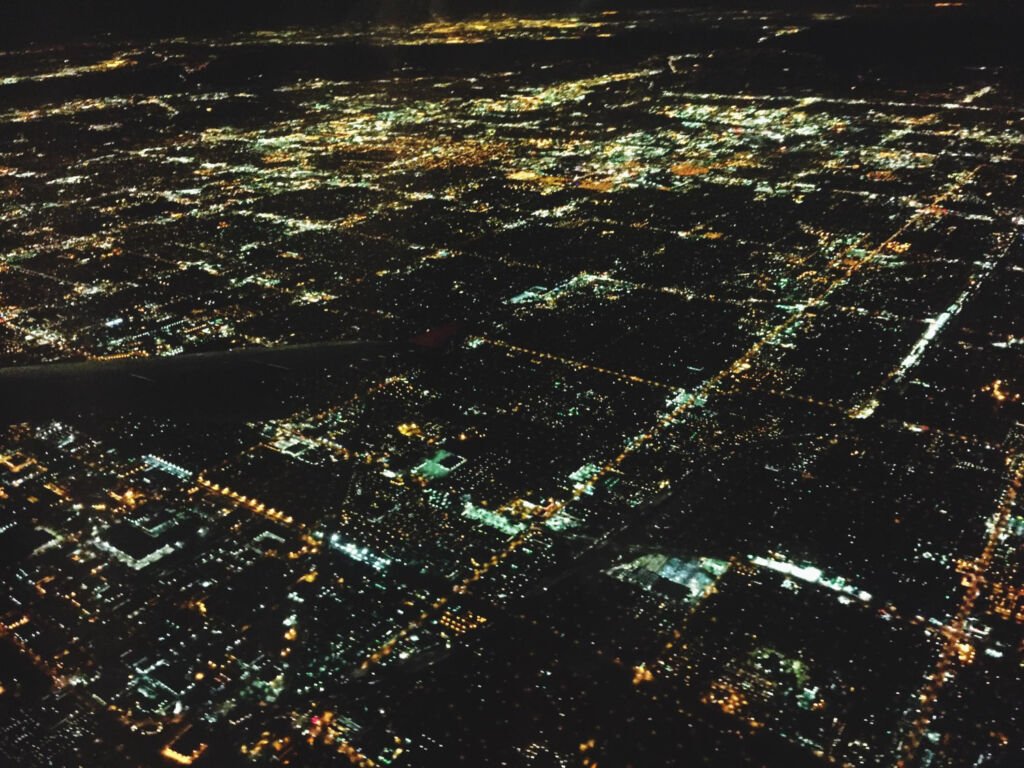
- Astronomical Research Impacted: Although astronauts aboard the International Space Station (ISS) or other space missions are above the Earth’s atmosphere, the brightening of the Earth’s night side can still impact astronomical observations. The artificial light reflecting off clouds and particles in the atmosphere can create a diffuse glow that affects the clarity of celestial observations.
Impacts on Earth Observation Data: Astronauts often participate in monitoring and collecting data about the Earth’s environment, including light pollution itself. The spread of light pollution can complicate these studies, making it harder to track natural phenomena like migrations, ecological changes, and even the effects of natural disasters where power outages occur.
Alteration of Nighttime Earth Views: Astronauts have frequently spoken about the profound experience of viewing the Earth from space, a perspective that offers a unique appreciation of our planet’s beauty and fragility. The spread of light pollution alters this view, highlighting the extent of human impact on the planet. This can be a striking and somewhat disheartening reminder of the environmental changes occurring on Earth.
Use in Research and Education: On a positive note, astronauts use observations of light pollution from space to educate people about environmental issues. Images and data collected from space missions can be powerful tools in raising awareness about the extent of light pollution and its impact on our planet.
How to Control Light Pollution?
Mitigating light pollution involves a combination of policy, technology, and public awareness. It involves better urban planning, promoting the use of well-designed lighting fixtures, and increasing public awareness about the importance of preserving natural darkness.
Here are some key strategies to reduce light pollution:
- Use of Shielded Lighting: Install lights that direct their beams downward, where it’s needed, rather than allowing light to scatter upwards or sideways. Shielded fixtures prevent light from spilling into the sky or across property lines.
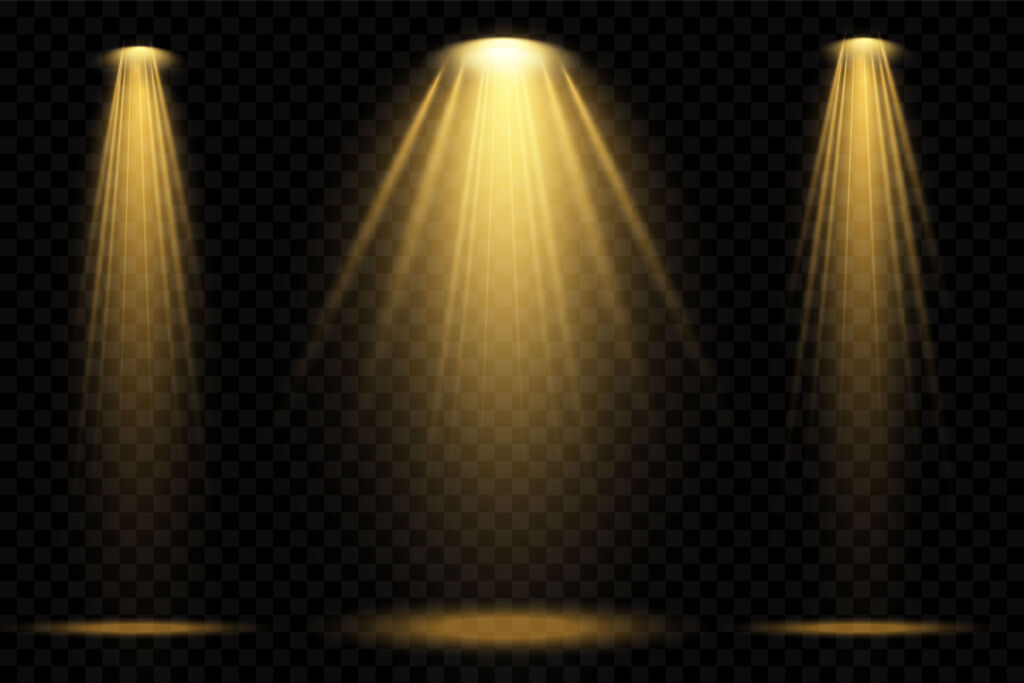
- Appropriate Lighting Levels: Employ the minimum amount of light necessary for a task, avoiding over-illumination. This reduces glare and light trespass.
Motion Sensors and Timers: Incorporate motion sensors and timers to ensure lights are on only when needed. This approach is particularly effective in areas that do not require constant illumination.
Lowering Intensity and Reducing Blue Light: Opt for warm-colored lights with lower intensity. Lights with high blue content are more likely to contribute to skyglow and have a greater impact on wildlife and human health.
Community Ordinances and Regulations: Implement and enforce community lighting ordinances that establish standards for outdoor lighting. Such regulations can significantly reduce unnecessary light usage.
Public Awareness and Education: Increase awareness about the impact of light pollution through educational campaigns, highlighting the importance of natural darkness for ecosystems and human health.
Dark Sky Preserves: Establish and support Dark Sky Preserves or parks, where artificial lighting is strictly controlled and natural darkness is maintained.
Energy-Efficient Lighting: Promote the use of energy-efficient lighting technologies that provide the necessary light levels without excessive brightness and energy consumption.
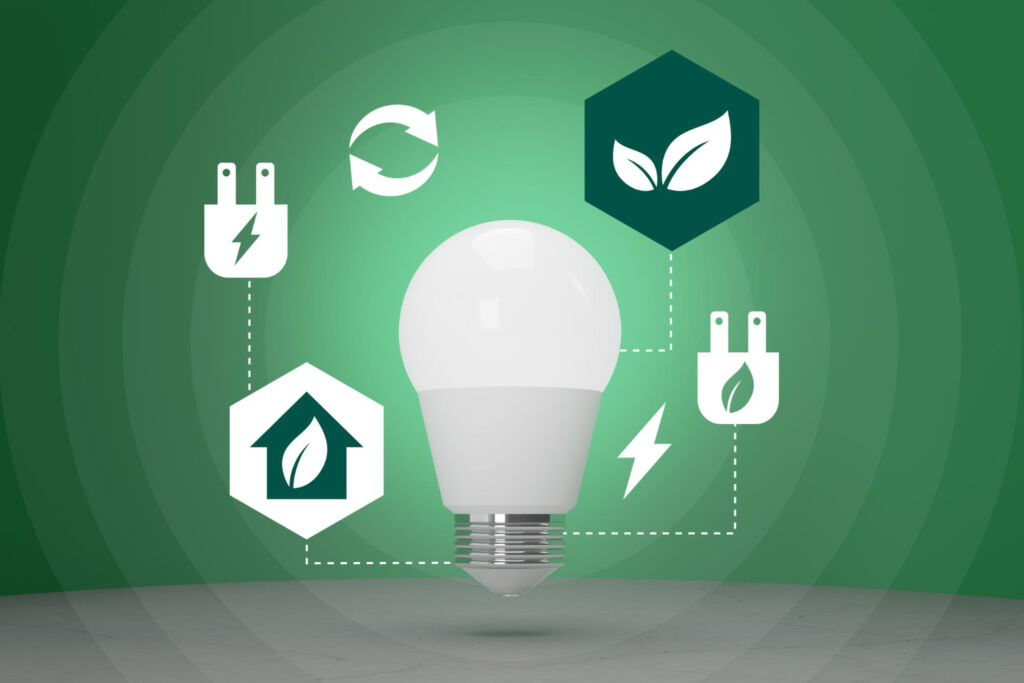
- Light Pollution Assessment and Monitoring: Regularly assess and monitor light pollution levels in urban and rural areas to inform policy and practice.
Smart City Planning: Integrate light pollution control into urban planning and development. This includes thoughtful placement of streetlights and buildings to minimize unnecessary light spills.
Responsible Outdoor Advertising: Regulate the brightness and operation hours of outdoor digital billboards and signage to minimize light pollution.
Promoting Astronomy and Night Sky Appreciation: Encourage activities that increase appreciation for the night sky, such as astronomy clubs and public stargazing events, to build public support for dark sky initiatives.
By implementing these strategies, communities can effectively reduce light pollution, preserving the natural night environment and ensuring the well-being of both wildlife and humans.
Conclusion:
In conclusion, light pollution is a significant yet often overlooked environmental issue that impacts not only the beauty of the night sky but also the health of humans and wildlife, as well as the integrity of ecosystems. Addressing it requires a multifaceted approach that includes implementing better lighting designs, enforcing appropriate regulations, and raising public awareness. By taking concerted action to reduce unnecessary and excessive artificial light, we can mitigate the adverse effects of light pollution.
This not only preserves the natural darkness crucial for many ecological processes but also benefits our health and allows future generations to experience the wonder of a star-filled night sky. The fight against light pollution is a step towards a more balanced, environmentally conscious way of living, where technological advancement harmoniously coexists with the preservation of our planet’s natural beauty and biodiversity.

